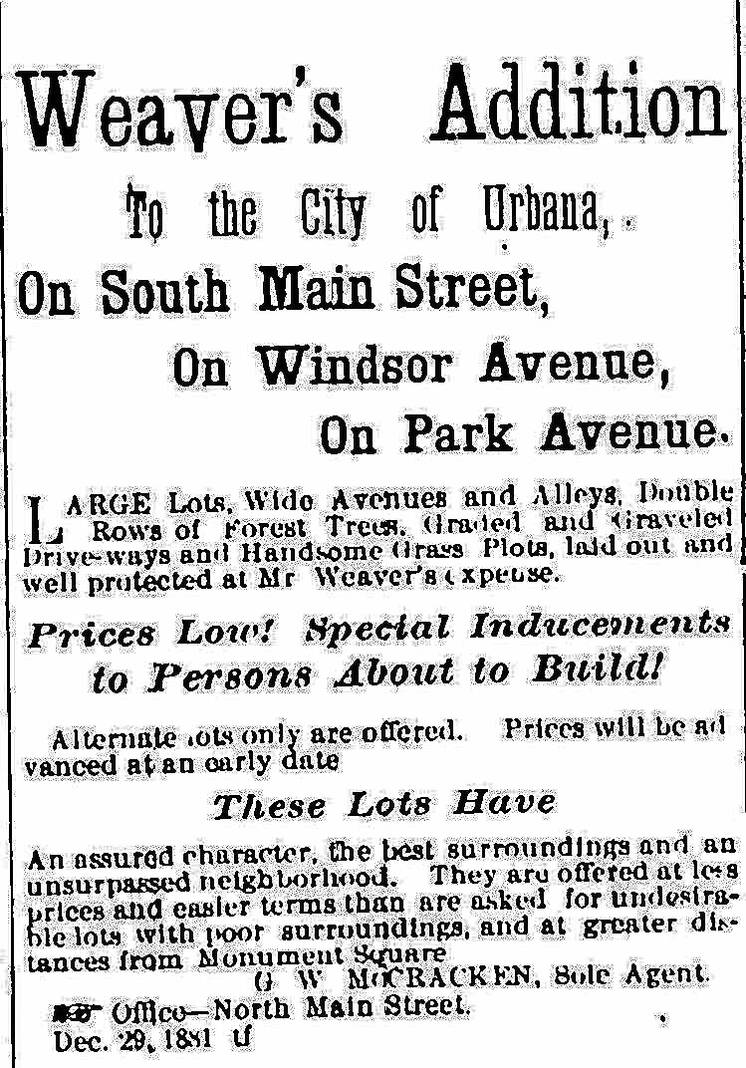

Editor’s note: The Urbana Black Heritage Festival will be held at Barbara Howell Park on June 18 from 10 a.m. to 8 p.m. at 213 E. Market St. This article is one in a series of Heritage stories leading up to the festival.
______
Born in Maryland around 1819, the story of Windsor Hawkins is still being pieced together. But one thing is certain, Windsor Hawkins left his mark on the landscape of Urbana.
Literally.
The 1850 census shows Windsor Hawkins owning real estate valued at $400 and living in Logan, Ohio where he was a barber. In 1862, Windsor Hawkins married Mary Dempsey who was the daughter of Jeremiah (Jerry) Dempsey of Urbana. Windsor and Mary Hawkins would have seven children including Benjamin who would become a dentist in Pittsburgh. The Hawkinses arrived in Urbana and Champaign County by 1865. Mr. Hawkins started to become a figure in local politics, civil rights and church activities almost immediately. He continued to work as a barber after re-locating here.
By 1875, Hawkins was serving as the Secretary of the Board of Trustees of St. Paul A.M.E. Church and made a public plea of support for the completion of the church that was under construction at the time. The building would be completed about a year later. Mr. Hawkins was also among the organizers of African American men who would form a political club to support candidates who would advance the causes of civil rights.
Around 1882, the Hawkins family moved from East Ward Street to what would become their family home for the next 80 years at 301 Hill Street. That home would be demolished in 1982. Just south of where the Windsor Hawkins home once stood is the Weaver subdivision, which was platted in the late 19th century. A 1913 newspaper article states Windsor Avenue is named for Windsor Hawkins in the heart of that neighborhood between Park and Henry Streets. Windsor Hawkins passed away in 1902 and is buried in Oak Dale Cemetery.



